Setting apart paraffin wax from slack wax
Concerning waxes, enterprises depending on these products must carefully weigh the differences between paraffin wax and slack wax. This paper explains the special qualities, uses, and appropriateness of different industrial processes of slack wax and paraffin wax.
Composition and Origin of Raw Materials
Although both slack wax and paraffin wax are products of crude oil processing, their basic material compositions are different. Higher oil content slack wax presents in a semi-solid state straight out of the refining process. By contrast, paraffin wax is further refined and deoiling to produce a solid, purer wax with less oil.
States’ Physical and Consistency
Slack wax and paraffin wax vary mostly in their physical states and consistency. Especially semi-solid at normal temperature, slack wax has a stretchy and elastic feel. Paraffin wax, on the other hand, takes on a solid state and a more rigid structure, which qualifies it for uses requiring a solid and stable wax basis.
Candle Manufacturing Applications
Because of its well-balanced composition, which offers a clean and steady burn, paraffin wax dominates the candle business. Candles with smooth surfaces and constant forms are produced by the exact molding made possible by its solid state. Though less often employed in candlemaking, slack wax’s peculiar consistency makes it appropriate for certain specialist or artisanal candle recipes.
Personal Care and Cosmetics Product Versatility
Though to various degrees, the beauty and personal care industries gain from both paraffin wax and slack wax. Because it’s semi-solid, slack wax works better in recipes that call for a more flexible and malleable texture. With its firmness, paraffin wax is often used in items like lip balms and solid fragrances that call for a stronger consistency.
Industrial Uses
Because it is semi-solid, slack wax finds use in many industrial applications. Industries that use it include rubber, tire, and adhesive manufacture. Because paraffin wax is solid and stable, it is widely used in industrial operations like waterproofing and wax coatings as well as in many compositions that call for a steady and dependable basis.
Relevance to Formulations of Lubricants
While paraffin wax and slack wax both add to lubricant formulas, their qualities meet various needs. Higher oil content slack wax makes it appropriate for uses requiring a lubricant with viscous and sticky properties. Because of its deoiled makeup, paraffin wax is recommended for uses that call for a more stable and cleaner lubricant.
Pricing and Cost-Effectiveness Considerations
Selecting between paraffin wax and slack wax requires careful evaluation of price and cost-effectiveness. Because slack wax retains more oil, it is often more affordable and so an economically sensible choice for certain uses. Though its refined form sometimes results in a greater price, paraffin wax is cost-effective because of its purity and specific uses.
Finish
In conclusion, enterprises looking for the best wax solutions for their many uses must grasp the differences between slack wax and paraffin wax. The special characteristics of slack wax and paraffin wax meet particular demands in candle making, cosmetics, industrial operations, and lubricant compositions, enabling companies to make educated judgments according to their application needs and budgetary constraints.

This is Kamran Malekian working in the petroleum jelly manufacturing industry for Navid Noor Company since 2013 I am eager to make content in this industry and have a good impact on professional users and people using cosmetic and pharmaceutical products.
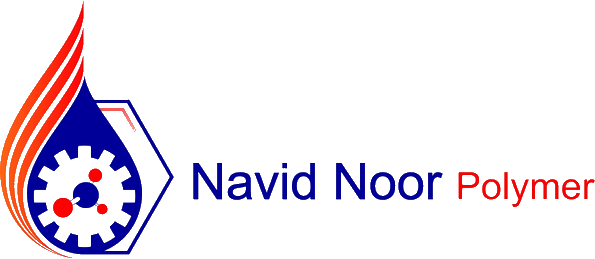
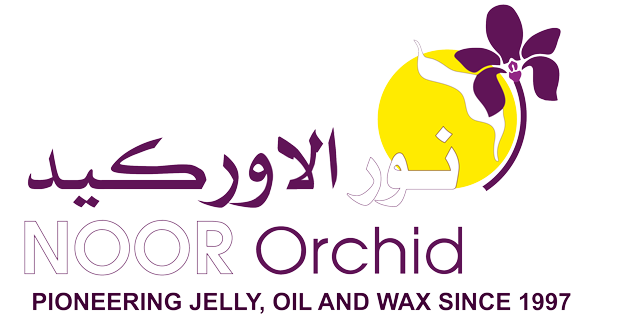





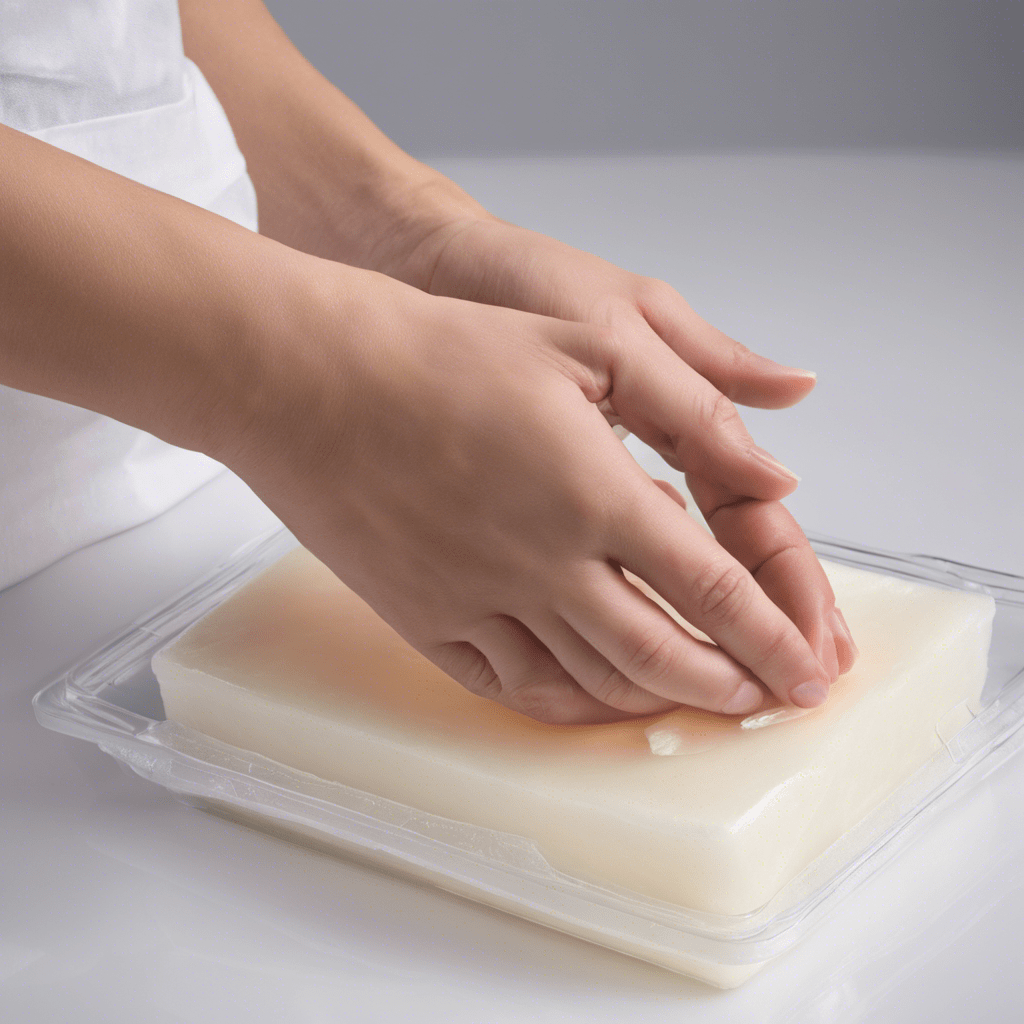

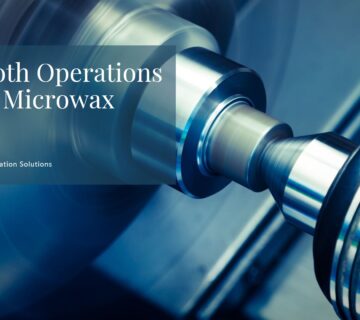
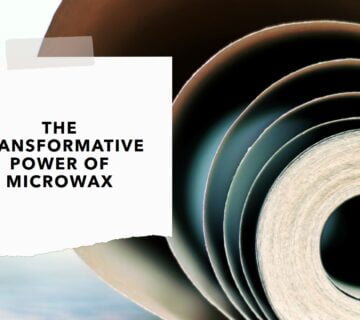
No comment